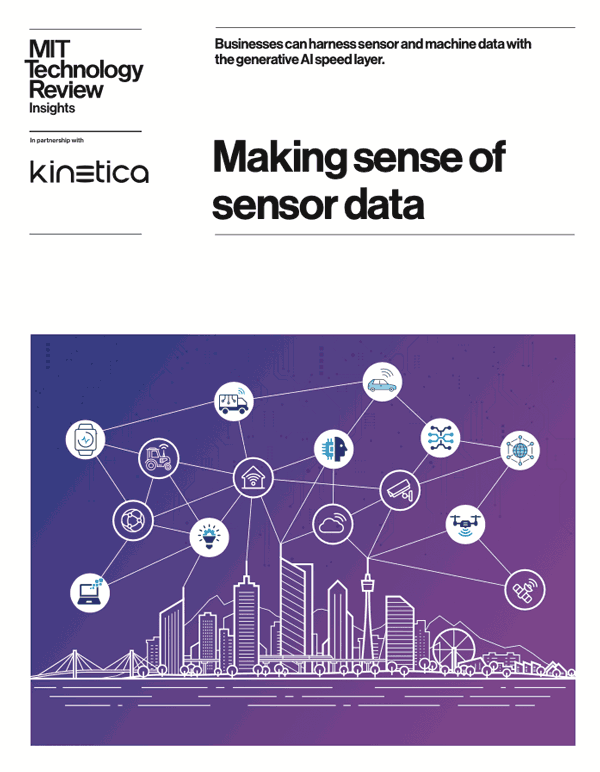Will Government Evolution Be Led By The Data Revolution?
What’s the most powerful tool government has to improve the lives of its citizens? Data, hands down.
Data delivers an unprecedented opportunity to positively impact the citizen’s day-to-day life. Government has nearly infinite resources, and with the right analytics tools and platforms, it can use data to revolutionize citizen services and safety. Its uses can generally be broken out into two parts:
- Smart City & Citizen
- Smart Security

Data doesn’t just make city services and management better… It also makes us safer. ISTOCK
The smart city is a new phenomenon brought about by data; and data, with the requisite access and analysis, is the lifeblood of the smart city.
Smart traffic uses beacons to pull in real-time data about traffic patterns, hazards, and volume, whether on the road or public transit. For example, smart traffic lights can limit or extend red and green light intervals on major roadways during peak commute hours versus nighttime, when traffic is lighter. This data helps the city respond in real-time to traffic jams, and better plan future road and transit development.
Smart street lights increase public safety while reducing power consumption. They turn on only where and when historical and real-time data indicate they’re needed. This makes them an efficient, safe, and non-disruptive choice for residential neighborhoods.
At the same time, individual utility meters can deliver data that helps the city and the utility determine different rates for different seasons or times of day, and gives them the opportunity to offer consumers conservation incentives, as well. Better yet, with smart meters, utility companies can proactively change out overloaded and older equipment that shows evidence of potential failure or fire risk.
The key to the smart grid is that it has the ability to make autonomous decisions, and therefore self-heals. “For example [it can] send electricity down alternate routes when a transmission line is downed in a storm or…reduce other flows when someone’s rooftop solar panels suddenly send a burst of energy onto the grid.” Smart grids can thus manage two-way flows of electricity and utilize individual or small-scale solar or wind contributions with ease.
Data doesn’t just make city services and management better, though. It also makes us safer.
The randomness of terrorism is essentially a data problem. What used to be a matter of finding “a needle in a haystack” is now a matter of looking at the entire data corpus. Traditionally, data from different sources were siloed.
With the right data processing, intelligence and security agencies can take multiple types of data feeds, for example, data from drones and metadata from signal intelligence, and combine them in real-time for intelligence analysts. With the power of GPUs, intelligence analysts can also conduct a priori searches on the fly with multiple large, streaming datasets. Traditionally, CPU-based systems had to be modeled and transformed ahead of time for a limited set of known, prevalent search methods. By breaking these data silos and expanding searchability, they gain a “God’s-eye view” of activity globally that’s more likely to lead to preventative action.
Data also helps government keep citizens safe by deploying the proper critical infrastructure. Where, based on population size and susceptibility, do you place emergency response units, whether police, fire, medical, national guard, or FEMA, for example? And where, based on changing weather conditions, for example, would you deploy them?
Once departments have access to relevant data, the next step is drilling in. With the power of GPU computing, governments can look at more large, streaming data feeds, and can incorporate machine learning to bubble up patterns not detectable by humans. With these tools at hand, data discovery can be geospatial or temporal, or can use natural language processing or traditional search, for example, among many options.
Smart security also breeds convenience. Over the past 15 years, citizens have spent hundreds of thousands of extra hours at airports fielding increased security intended to root out bad apples. Now, Customs and Border Patrol and the Department of Homeland Security, in partnership with select airports and airlines, are testing out facial recognition algorithms that use machine learning on streaming video to identify passengers on the fly. By applying real-time facial recognition, these machines save passengers time. They also avoid the hassle of checking documents multiple times throughout the check in, security, and boarding process, and simultaneously keep our airports safer.
Whether we’re talking traffic or threat detection, the techniques to analyze extreme data flooding in from multiple large, streaming, and/or unpredictable data feeds and sources are the same. The techniques to detect, to predict, and to act on data are compute-intensive and require next-generation, GPU-accelerated data analytics. A GPU database like Kinetica can deliver not only real-time analysis, but also automated, AI-driven analysis on the entire corpus of historical and live, streaming data in milliseconds, using the brute-force computational power of NVIDIA (NVDA) GPUs required in the now post-big data era.
But these are just a few examples. Across the board, from utilities to services to security and beyond, the right data technology can improve the quality and responsiveness of civic services, city planning, and safety. For government, this means that data used well can ultimately deliver efficient, new services. For citizens, this just means higher quality of life – and that’s what matters most.
This article was originally published on Forbes on 5/31.
Amit Vij is co-founder of Kinetica.
Making Sense of Sensor Data

